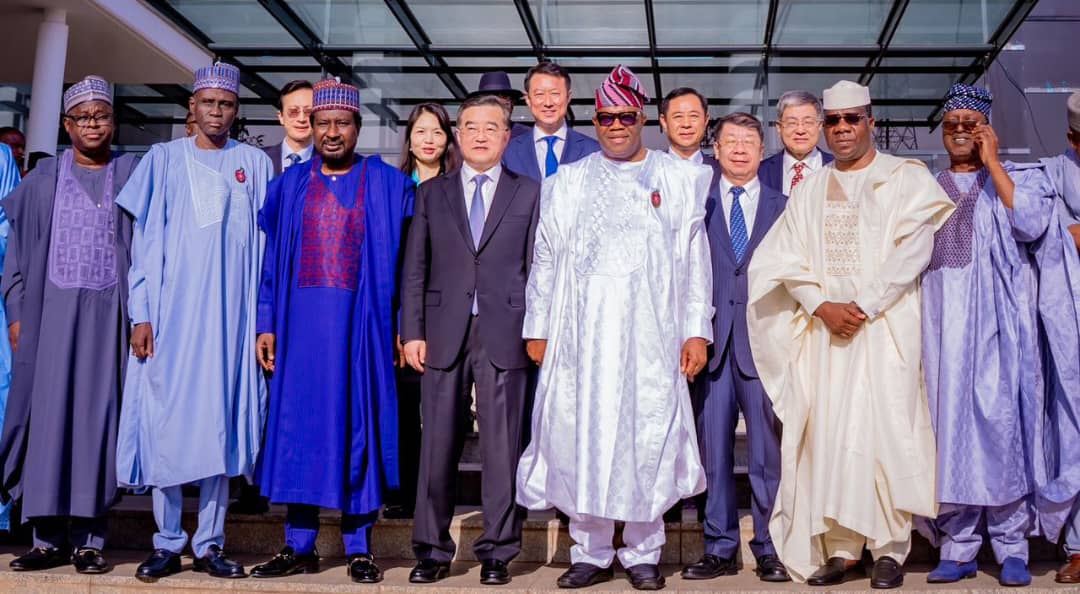ABUJA: Antimicrobial Resistance (AMR) has emerged as a global health and economic crisis, with Nigeria among the most affected nations.
Dr. Ayodele Majekodumi, National Coordinator for the Emergency Center for Transboundary Animal Diseases at the Food and Agriculture Organization (FAO), revealed alarming statistics. “Globally, AMR is linked to 4.95 million deaths annually, with 1.27 million directly attributable to it. In Nigeria, AMR-related mortality stands at 263,400 deaths annually, of which 64,500 are directly linked to AMR. This places the country 19th out of 204 nations in AMR-related deaths,” Majekodumi said.
She made this revelation at the Agenda for Step-down Training Programme on Media-EIS Tracks and AMR organized by Fellows Media-EIS in collaboration with the Association of Nigeria Health Journalists (ANHEJ) and supported by Breakthrough ACTION- Nigeria in Abuja , while warning that AMR could cause catastrophic impacts if immediate action is not taken.
With projections estimating AMR-related deaths could hit 10 million annually by 2050, the global economy faces potential losses of $100 trillion, including a 3.8% GDP reduction. Majekodumi stressed the urgent need for enhanced governance, better coordination, and equity-focused approaches through the FAO’s National Action Plan (NAP 2.0) for 2024–2028.
On her part, Dr. Olayinka Umar-Farouk, Deputy Project Director, Risk Communication, Breakthrough ACTION Nigeria/Resident Advisor, Media- EIS underscored the media’s pivotal role in fighting AMR, leveraging the Media Fellowship Program to equip journalists with skills to tackle public health issues.
“The COVID-19 pandemic highlighted the importance of aligning public health professionals with journalists to disseminate accurate information. This fellowship program ensures media professionals can effectively communicate complex health challenges,” she said.
The fellowship’s graduates have significantly contributed to outbreak responses and influenced health policy. Plans are in place to expand its reach, further bridging the knowledge gap between health professionals and the public.
Mrs. Ojoma Akor, convener and media fellow, highlighted the transformative potential of epidemiology in health journalism. “Understanding disease patterns and determinants helps target interventions effectively.
Breaking the chain of infection and employing key epidemiological measures like incidence and prevalence are vital to inform public health actions,” she explained.
Fellows Ms. Yecenu Sasetu and Ms. Lois Sambo emphasized the power of Social and Behavior Change Communication (SBCC) in addressing health crises.
“SBCC bridges the gap between knowledge and action, enabling measurable and sustainable health outcomes,” they said. Through media, SBCC campaigns can influence social norms, promote evidence-based practices, and drive public engagement.
Joseph Kadiri, President of the Association of Nigeria Health Journalists (ANHEJ), praised the training for equipping journalists with critical knowledge.
“Continuous learning is essential in this evolving field. As journalists, we must remain well-informed to effectively educate the public,” Kadiri said.
Experts unanimously called for strengthened surveillance systems, sustainable funding, and collaboration across health, agriculture, and environmental sectors to combat AMR. They warned that failure to act could derail progress toward the Sustainable Development Goals (SDGs).
As stakeholders push for urgent action, this landmark training reaffirms the media’s critical role in bridging the gap between policy and public understanding, driving the narrative for sustainable health outcomes.

 2 hours ago
5
2 hours ago
5













